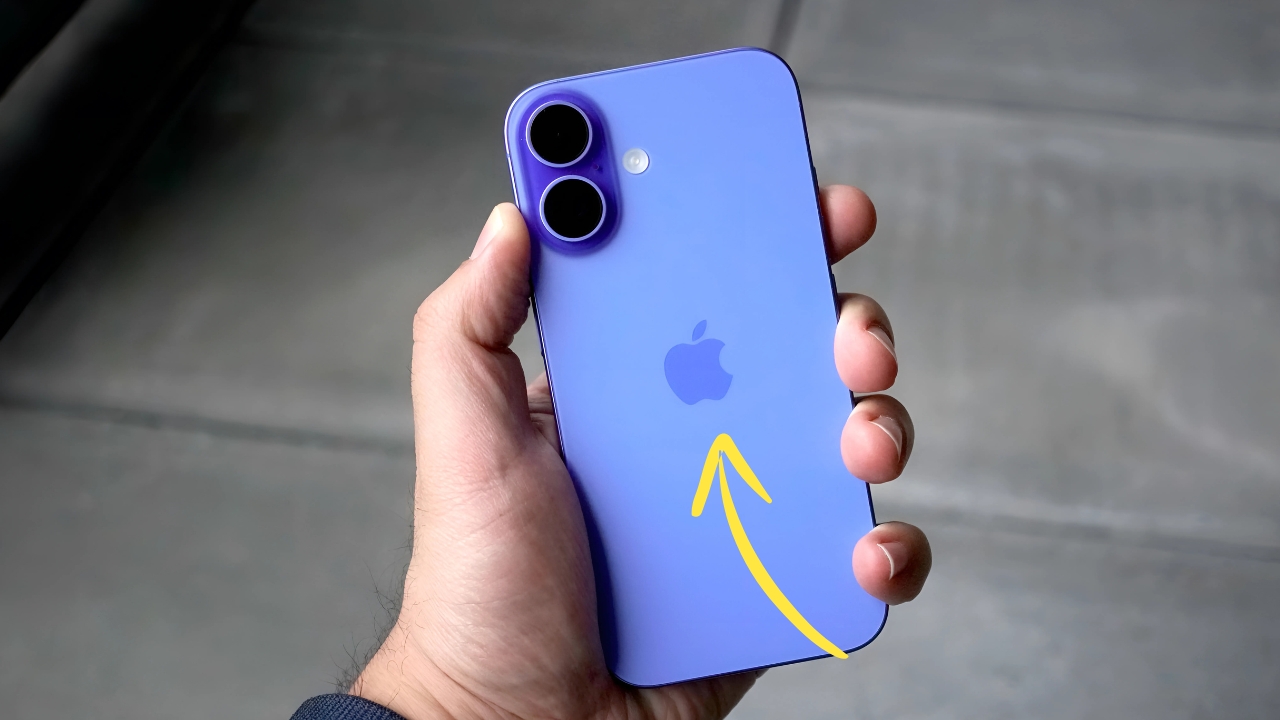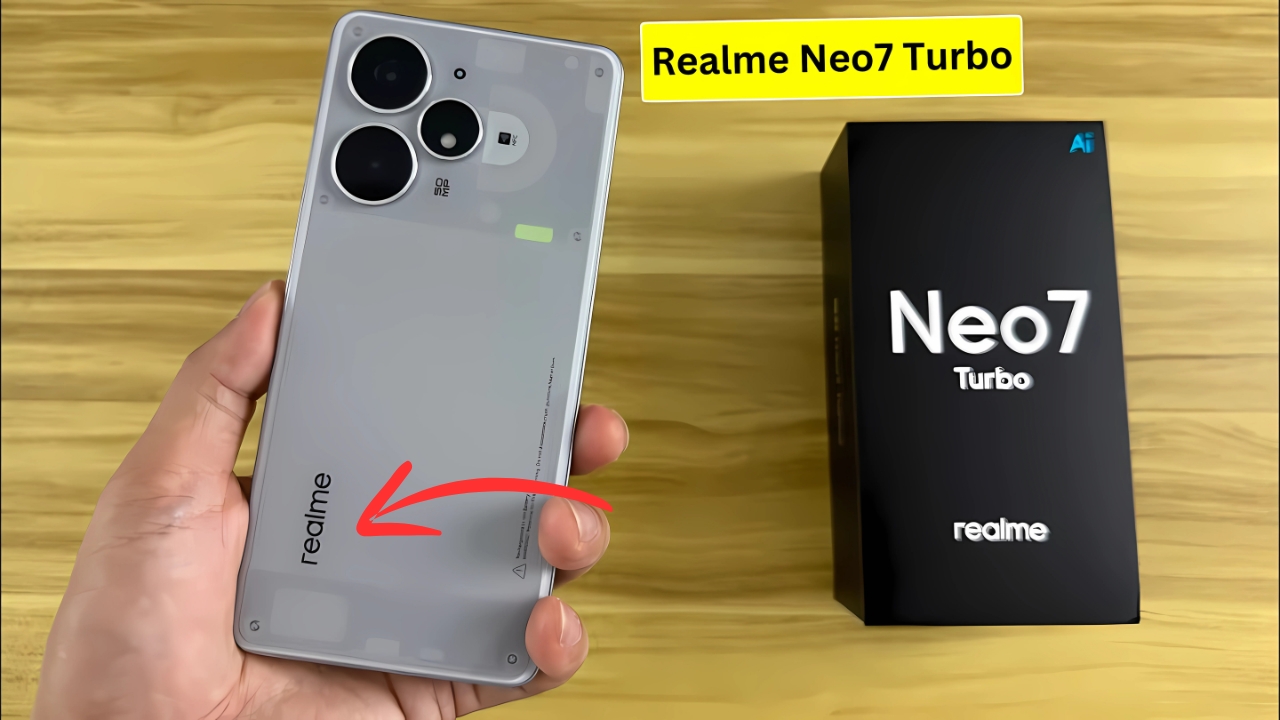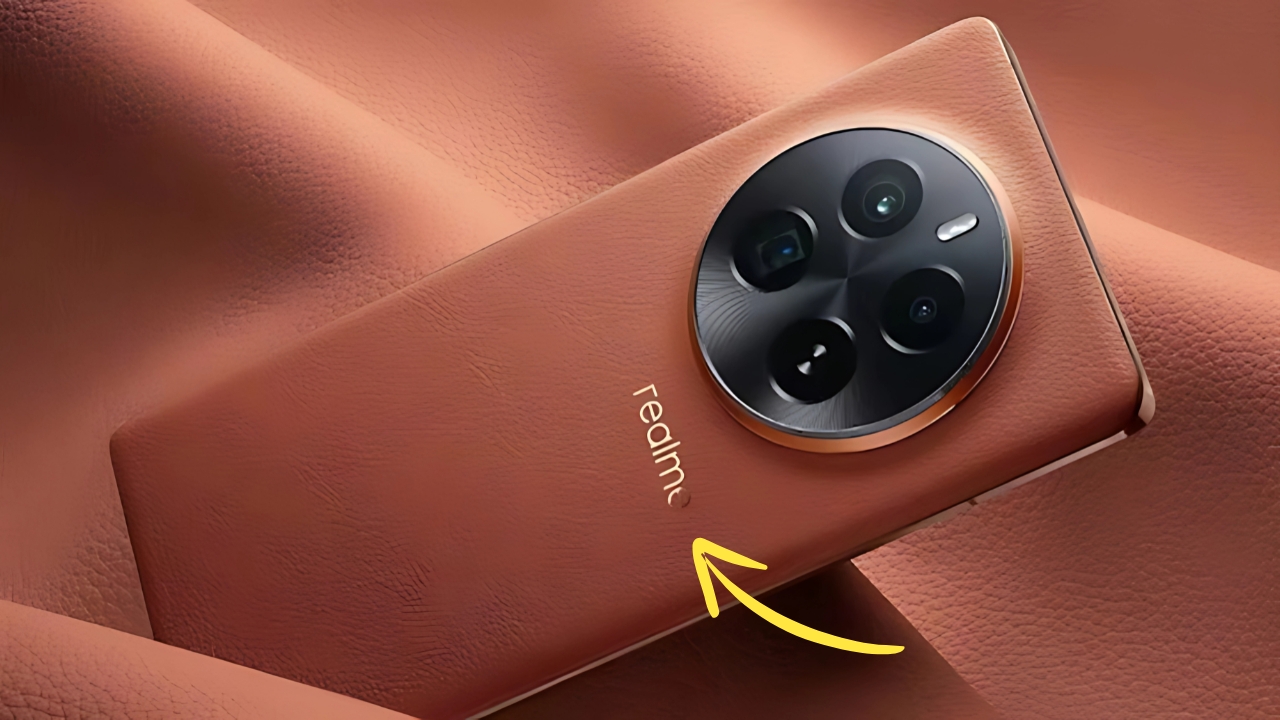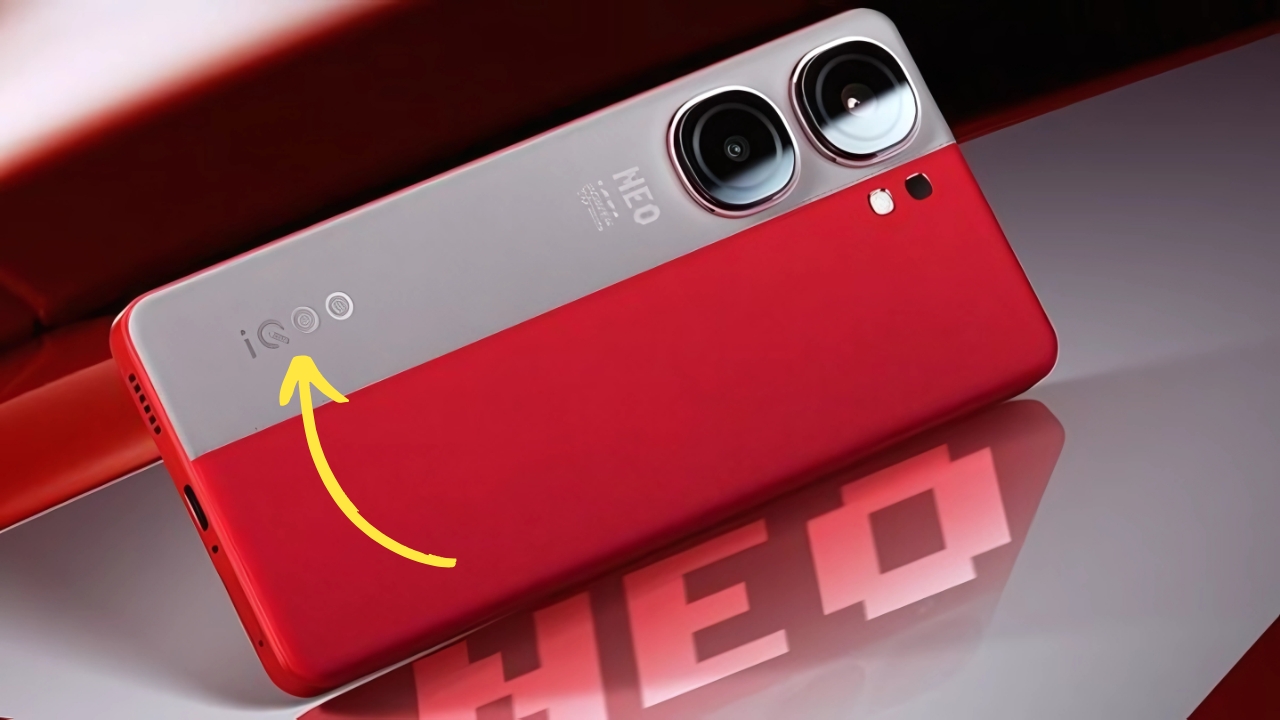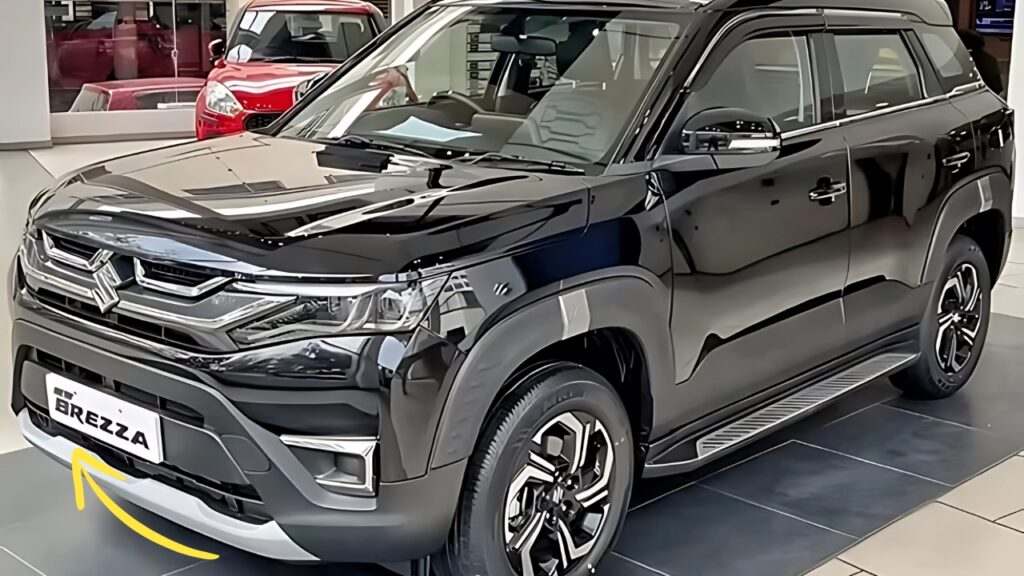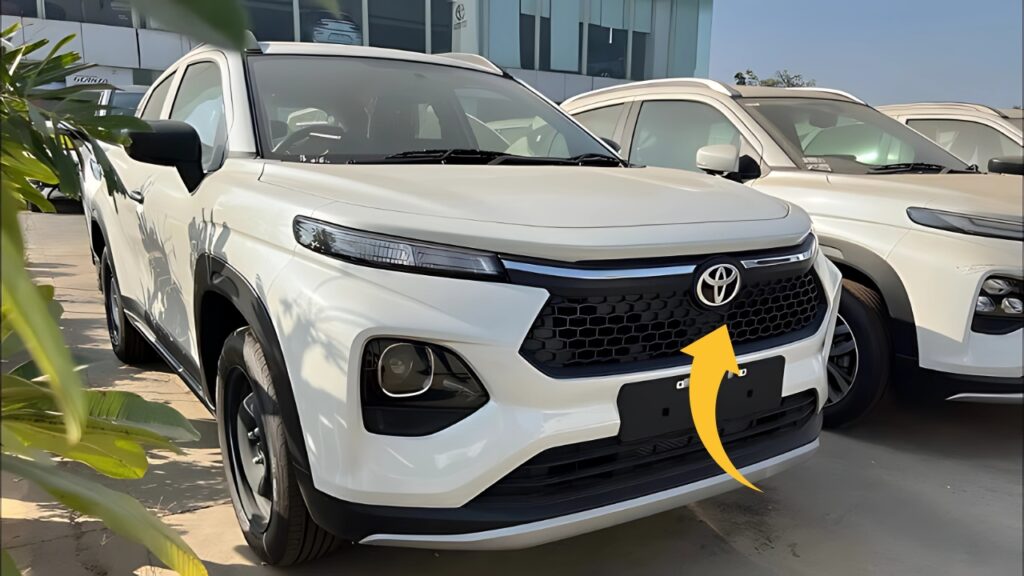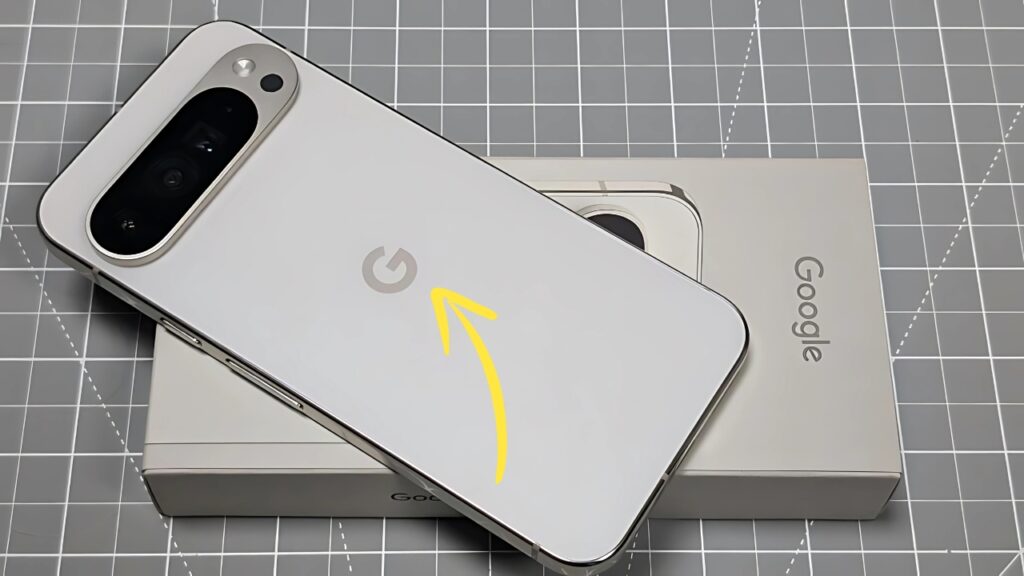Nothing Phone 2a: In the increasingly homogenized landscape of smartphone design, where iterative updates and predictable aesthetics dominate the market, Nothing has emerged as a refreshing counterpoint with a distinct design philosophy and brand identity.
The Nothing Phone 2a represents the company’s strategic move to bring its unique approach to the competitive mid-range segment, delivering a device that challenges conventional thinking about what constitutes value in contemporary smartphones.
Rather than merely repackaging familiar specifications at accessible price points, Nothing has created a product that maintains a clear design continuity with its premium offerings while making thoughtful compromises that preserve the essential user experience.
What distinguishes the Phone 2a in a crowded marketplace is not merely its transparent design elements or distinctive Glyph interface, but rather its commitment to a cohesive vision that transcends specifications.
In a segment often defined by feature checklists and performance metrics, Nothing has prioritized the holistic user experience—how the device feels in hand, how the software complements the hardware, and how unique functional elements enhance daily interaction.
This approach represents a maturation of smartphone design thinking, acknowledging that meaningful differentiation requires more than incremental hardware advantages or marketing narratives.
The Phone 2a enters a market where consumers increasingly seek devices that reflect personal identity and values rather than merely delivering practical utility.
By offering a distinctive aesthetic and user experience at a more accessible price point than its flagship counterparts, Nothing has created an intriguing proposition for users who appreciate design thoughtfulness but remain constrained by practical budget considerations.
This positioning challenges both established manufacturers and emerging value brands to reconsider what constitutes essential smartphone attributes in an era of increasing feature parity.
Nothing Phone 2a: Design Philosophy
The exterior design of the Phone 2a maintains Nothing’s signature transparent aesthetic while adapting it for more cost-effective manufacturing processes.
The rear panel incorporates translucent elements that reveal carefully arranged internal components, creating visual interest without compromising structural integrity.
Unlike many mid-range devices that employ generic designs obscured by decorative patterns, the Phone 2a celebrates its internal architecture as a design feature—an approach that simultaneously feels futuristic and nostalgic, evoking the transparent electronics trend of the 1990s while presenting it through a contemporary lens.
The frame employs recycled aluminum with a matte finish that enhances grip while resisting fingerprints, complemented by precisely machined buttons that provide tactile feedback substantially better than typical devices in this price range.
The front features symmetrical bezels around the display, avoiding the uneven “chin” that often betrays cost-cutting measures in mid-range smartphones.
This balanced appearance contributes to a premium perception that transcends the device’s actual price positioning.
Color options maintain Nothing’s minimalist approach, with Black and White variants that emphasize the industrial design rather than following trend-driven color fashions.
This restrained palette reinforces the company’s focus on timeless design principles rather than seasonal styling trends—a refreshing alternative in a market segment often characterized by highly saturated colors attempting to compensate for unremarkable design.
The signature Glyph interface, consisting of LED light strips arranged beneath the transparent rear panel, has been streamlined for the Phone 2a while maintaining its functional essence.
The revised arrangement features three distinct light zones that illuminate for notifications, charging status, and camera timer functions, creating a unique visual identity that serves practical purposes beyond mere aesthetics.
This thoughtful implementation demonstrates how distinctive design elements can enhance usability rather than merely serving decorative purposes.
Display Technology
At the literal forefront of the user experience is the Phone 2a’s 6.7-inch AMOLED display, featuring 1080 × 2412 resolution (394 ppi) and 120Hz refresh rate.
The panel achieves peak brightness of 1,300 nits, ensuring excellent visibility even in challenging outdoor conditions, while supporting 10-bit color depth (1.07 billion colors) and full HDR10+ certification.
These specifications represent exceptional value in the mid-range segment, where display quality often suffers noticeable compromises.
Beyond raw specifications, the display implementation includes thoughtful optimizations like LTPO-inspired adaptive refresh rate management that dynamically adjusts between 60Hz and 120Hz based on on-screen content, balancing smooth animations with power efficiency.
The 240Hz touch sampling rate ensures responsive interaction during gaming and fast-paced navigation, while the under-display optical fingerprint sensor provides consistent recognition even with damp fingers—a meaningful improvement over side-mounted capacitive sensors common in this price category.
Color accuracy deserves special mention, with factory calibration achieving Delta E values below 2.0 across standard sRGB and DCI-P3 color spaces.
This precision, typically reserved for more expensive devices, ensures consistent visual experience whether viewing photos, watching videos, or browsing websites.
The implementation includes multiple color profiles, allowing users to select between accurate reproduction and enhanced saturation based on personal preference.
Perhaps most impressive is the display’s power efficiency, consuming approximately 20% less energy than comparable panels while delivering superior brightness and color performance.
This efficiency contributes significantly to overall battery life while enabling sustained high-brightness operation without thermal concerns.
Performance Architecture
The computational foundation of the Phone 2a is MediaTek’s Dimensity 7200 Pro platform, a custom-tuned variant developed specifically for Nothing.
This arrangement features an octa-core CPU with two Cortex-A715 performance cores clocked at 2.8GHz, complemented by six Cortex-A510 efficiency cores operating at 2.0GHz.
The customization includes optimized power management algorithms and enhanced GPU frequency stability under sustained loads—refinements that address common pain points in mid-range processor implementations.
Graphics processing comes from the Mali-G610 MC4 GPU, which delivers performance roughly comparable to the Qualcomm Adreno 642L found in similarly positioned Snapdragon devices.
Gaming capabilities include stable frame rates in titles like PUBG Mobile (60fps at “Balanced” graphics) and Genshin Impact (45-50fps at “Medium” settings)—entirely adequate for the target market of casual to moderate gamers.
Memory configurations include either 8GB or 12GB of LPDDR5 RAM paired with 128GB or 256GB UFS 3.1 storage.
This combination ensures responsive multitasking and quick app loading, with the higher-tier configuration offering performance that rivals some flagship devices from just a few generations ago—a testament to how quickly smartphone capabilities have evolved even in non-premium segments.
Thermal management receives particular attention, with a vapor chamber cooling system that maintains optimal operating temperatures even during extended high-load scenarios.
This solution allows the processor to maintain peak performance approximately 30% longer than comparable devices with less sophisticated thermal solutions, addressing a common complaint about mid-range processors throttling during intensive tasks.
Network connectivity includes integrated 5G with support for sub-6GHz bands, Wi-Fi 6 with 2×2 MIMO, Bluetooth 5.3, and dual-frequency GPS with all major positioning systems.
These specifications ensure future-proof connectivity while providing optimal performance with current network infrastructure.
Camera System
The imaging system on the Phone 2a demonstrates thoughtful prioritization rather than specification maximization. The dual rear camera array includes:
50MP Sony IMX890 primary sensor (1/1.56″) with optical image stabilization
50MP Samsung JN1 ultrawide lens (114° field of view)
Rather than including low-resolution macro or depth sensors to inflate the camera count—a common marketing tactic in this segment—Nothing has focused resources on two genuinely useful cameras with high-quality sensors.
The primary camera utilizes the same sensor found in several premium devices, delivering excellent detail reproduction, dynamic range, and low-light performance that exceeds expectations for the price point.
Software processing employs Nothing’s distinctive approach, favoring natural color reproduction over the heavy-handed saturation and sharpening common in many Asian-market smartphones.
This restraint results in images that appear more authentic, particularly in challenging lighting conditions where aggressive processing often creates artifacts.
Portrait mode benefits from improved edge detection algorithms that create more convincing background blur than previous generation devices.
Video capabilities include 4K recording at 30fps with effective electronic stabilization, and 1080p at 60fps with enhanced stabilization for action shots.
Slow-motion recording supports 1080p at 120fps or 720p at 240fps, with automatic scene detection that suggests optimal recording settings based on subject movement and lighting conditions.
The front-facing 32MP selfie camera employs pixel-binning technology to deliver 8MP images with enhanced dynamic range and low-light performance.
Portrait mode on the front camera now incorporates improved subject separation through machine learning models trained specifically on facial recognition, creating more natural-looking results than the previous generation.
Software Experience
The Phone 2a ships with Nothing OS 2.5 based on Android 14, featuring a distinctive minimalist aesthetic that complements the hardware design.
The interface employs a monochromatic color scheme with carefully considered accent colors, custom dot-matrix fonts, and unique widget designs that create a cohesive visual identity throughout the experience.
Beyond aesthetics, Nothing OS incorporates functional innovations like the Quick Settings panel that resembles physical controls rather than abstract icons, folder previews that display actual content rather than static icons, and the distinctive recording indicator that transforms the traditional red dot into an animated visual element.
These thoughtful touches demonstrate how software design can enhance brand identity while improving usability.
Performance optimization includes “RAM Booster” technology that intelligently manages memory allocation based on usage patterns, “Smart Clean” that identifies and removes unnecessary cache files, and battery health features that adapt charging patterns to extend overall battery lifespan.
These implementations address common pain points in Android devices without introducing unnecessary complexity or bloatware.
Software support includes a commitment to three major Android version updates and four years of bi-monthly security patches—an exceptional promise in the mid-range segment where update longevity often suffers.
This commitment acknowledges the increasing lifespan of smartphones and addresses growing consumer concerns regarding software obsolescence.
Battery and Charging
Power management represents a particular strength of the Phone 2a, with a 5,000mAh battery that offers approximately 48 hours of typical usage or 7.5 hours of intensive screen time.
This capacity provides reassuring endurance for users who prioritize reliability over absolute device thinness—a sensible prioritization for the target market.
Charging capabilities include 45W wired fast charging support that delivers approximately 50% charge in 20 minutes and a full charge in under an hour.
The implementation incorporates multiple safety mechanisms including real-time temperature monitoring, voltage regulation, and current control to ensure safe operation under all conditions.
Battery health management includes an “Optimized Charging” system that learns usage patterns and delays charging beyond 80% until shortly before the user typically removes the device from power, potentially extending overall battery lifespan by reducing time spent at full charge.
A dedicated “Battery Health” section in settings provides transparency into battery condition and offers recommendations for maximizing longevity.
Comparative Analysis
| Feature | Nothing Phone 2a | Google Pixel 7a | Samsung Galaxy A54 | Motorola Edge 40 Neo | OnePlus Nord 3 |
|---|---|---|---|---|---|
| Processor | MediaTek Dimensity 7200 Pro | Google Tensor G2 | Exynos 1380 | MediaTek Dimensity 7030 | MediaTek Dimensity 9000 |
| RAM | 8/12GB LPDDR5 | 8GB LPDDR5 | 8GB LPDDR4X | 12GB LPDDR4X | 8/16GB LPDDR5X |
| Storage | 128/256GB UFS 3.1 | 128GB UFS 3.1 | 128/256GB UFS 2.2 | 256GB UFS 2.2 | 128/256GB UFS 3.1 |
| Display | 6.7″ AMOLED, 120Hz | 6.1″ OLED, 90Hz | 6.4″ AMOLED, 120Hz | 6.55″ pOLED, 120Hz | 6.74″ AMOLED, 120Hz |
| Main Camera | 50MP OIS (Sony IMX890) | 64MP OIS | 50MP OIS | 50MP OIS | 50MP OIS |
| Secondary Camera | 50MP Ultrawide | 13MP Ultrawide | 12MP Ultrawide | 13MP Ultrawide | 8MP Ultrawide |
| Battery | 5,000mAh | 4,385mAh | 5,000mAh | 5,000mAh | 5,000mAh |
| Charging | 45W wired | 18W wired, 7.5W wireless | 25W wired | 68W wired | 80W wired |
| OS Updates | 3 Android versions | 3 Android versions | 4 Android versions | 2 Android versions | 3 Android versions |
| Security Updates | 4 years | 5 years | 5 years | 3 years | 4 years |
| Special Features | Glyph Interface | Tensor AI features | IP67 rating | IP68 rating | Alert slider |
| Starting Price | $349 / ₹25,999 | $499 / ₹43,999 | $449 / ₹38,999 | $399 / ₹29,999 | $499 / ₹33,999 |
Key Highlights
Distinctive Design: Transparent back with refined Glyph interface lighting system
Display Quality: 6.7″ 120Hz AMOLED with exceptional brightness and color accuracy
Processor Performance: Custom-tuned MediaTek Dimensity 7200 Pro with enhanced thermals
Camera System: Dual 50MP sensors prioritizing quality over quantity
Battery Endurance: 5,000mAh capacity with intelligent power management
Charging Speed: 45W fast charging with optimized battery health features
Software Experience: Clean, distinctive Nothing OS 2.5 with minimal bloatware
Update Commitment: Three Android version updates and four years of security patches
Audio Quality: Stereo speakers with Dirac tuning for enhanced spatial reproduction
Value Proposition: Flagship-inspired features and design at mid-range price point
Nothing Phone 2a:
The Nothing Phone 2a represents a thoughtful interpretation of what constitutes essential smartphone experience in 2025.
By prioritizing design coherence, display quality, battery endurance, and software refinement—attributes that directly impact daily user satisfaction—the device delivers exceptional value while maintaining a distinct brand identity that transcends specification comparisons.
What distinguishes this approach from competitors is its clarity of purpose. Rather than attempting to maximize specifications across every possible parameter or mimicking premium devices with inferior materials, Nothing has focused on creating a holistic experience that feels intentional and cohesive.
This focus has allowed the development of a device that outperforms many similarly priced alternatives in key experiential metrics while establishing a distinctive presence in an increasingly undifferentiated market.
For consumers seeking alternatives to the design homogeneity that characterizes much of the smartphone landscape, the Phone 2a offers a compelling proposition.
The transparent design elements and Glyph interface provide genuine differentiation that extends beyond mere aesthetics to enhance functionality.
By maintaining these signature elements while making calculated compromises in areas less visible to users, Nothing has successfully translated its design philosophy to a more accessible price point without diluting its brand identity.
The compromises required to achieve this positioning—primarily in processing power, camera versatility, and charging speed compared to flagship devices—reflect an understanding that different consumer segments prioritize different attributes.
By consciously choosing design coherence and user experience over specification maximization, Nothing has created a device that serves its target audience exceptionally well rather than attempting to appeal broadly through feature checklists.
As smartphone technology continues its evolution toward maturity, this kind of focused product development may represent an increasingly important approach to meaningful differentiation.
Rather than incremental improvements across familiar specifications, genuine innovation may emerge from companies willing to challenge convention by prioritizing distinctive user experiences over market conformity.
The Nothing Phone 2a demonstrates how this philosophy can yield products that delight their intended users while expanding expectations about what constitutes appropriate value in increasingly stratified price segments.
For consumers navigating the overwhelming array of mid-range smartphone options, the Phone 2a provides a refreshingly clear proposition: a device that looks and feels unlike anything else in its category, delivers a thoughtfully optimized experience, and maintains a distinctive character without commanding premium pricing.
This balance of practicality and personality represents a maturing approach to smartphone design that acknowledges both rational and emotional aspects of consumer decision-making—suggesting an evolution beyond mere specification competition toward more meaningful product differentiation.

